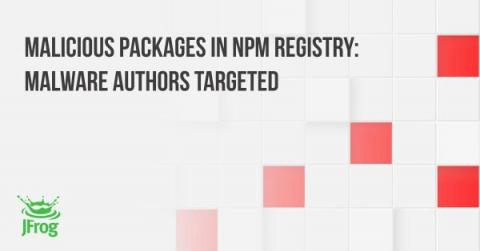Technical debt: how to measure and manage it with DevOps
Every technical team in the software industry is familiar with technical debt. That is because every software team incurs technical debt along the way. This article answers some critical questions about technical debt. It reviews what technical debt is and what its causes are, why it is essential to address technical debt, and how this debt accumulates.











